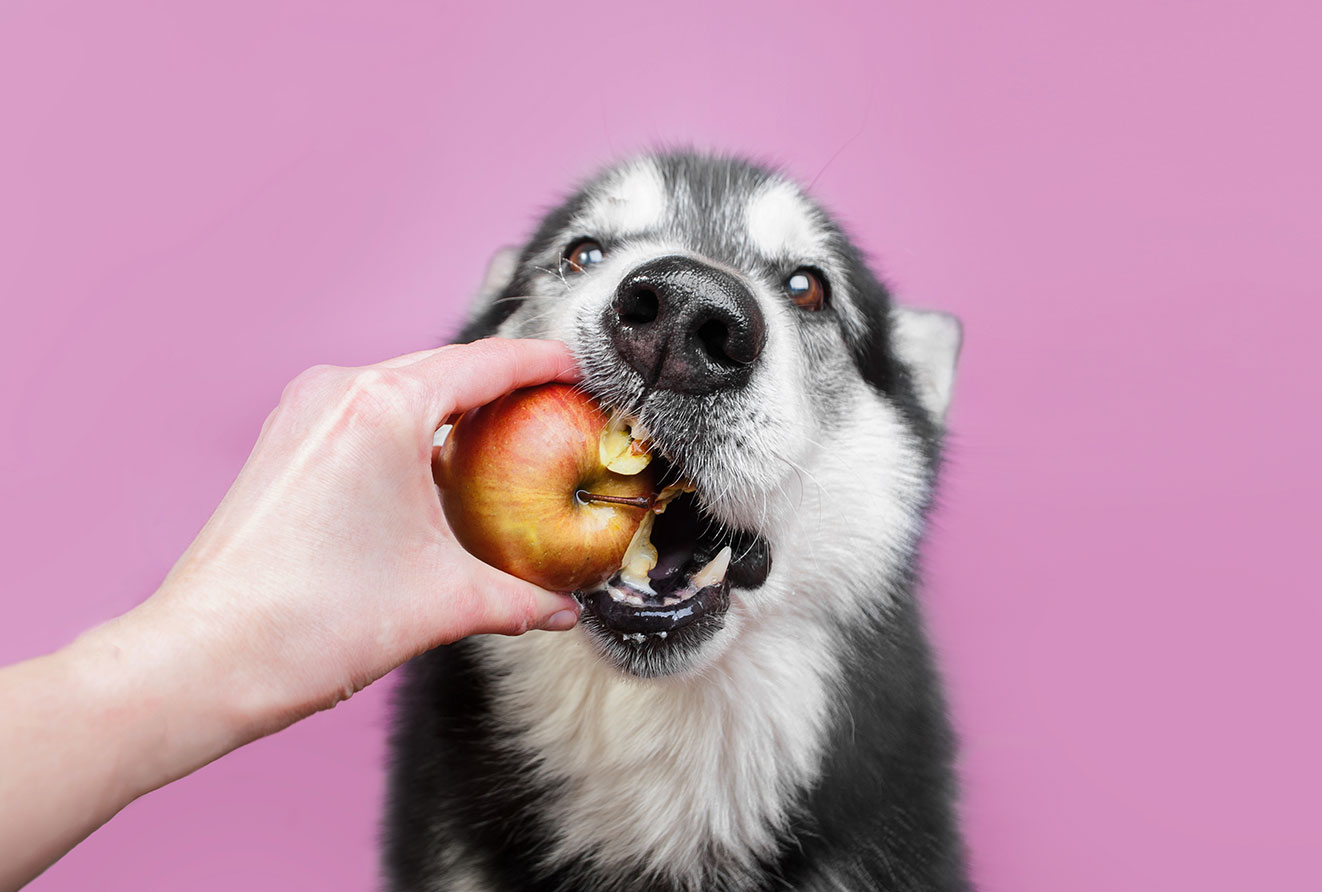Organic food for pets in Europe: a new market for pet food players

Alcimed, a consulting company specialized in innovation and new business development, reviews a new mega-trend in the pet food industry driven by owners’ expectations.
Driven by a consumer demand for informed and healthy human food, pet products are jumping onto the organic trend. Inspired by the increasing feeling that animals are considered as full family members, the pet food industry has been making increasingly premium products for a long time, enriching the food with natural, nutritional and high quality nutrients. Having an organic label implies an even stricter sourcing, safer manufacturing processes and greater transparency in the manufacturing of kibbles and canned food.
N.B.: Premium pet food is any food enriched with nutritional and high quality elements (proteins, fibres), which can often be adapted to the physiological conditions of the animal (growth, senior, digestion, overweight, etc.).
Who is making organic pet food in Europe today?
Organic pet food is still absent from product portfolios of major retailers, as this market is still niche compared to the “premium” pet food market. Therefore, most of the players present in this sector are mostly small and medium-sized companies, often with a local footprint. Note that they don’t all have sufficient production capacity, and therefore may use a subcontractor who meets the manufacturing standards for organic products. In addition, the vast majority of these organic players only offer kibbles, also called dry food – as opposed to wet food, which includes canned food. This is mainly because consumers prefer kibbles, which are easier to use on a daily basis, and because the production process for kibbles is easier than for wet food.
European regulations still under development
While the trend to highlight the all-natural ingredients and nutritional benefits of kibbles has been observed for the past several years, the organic label provides further guarantees due to its strict requirements regarding raw materials and manufacturing processes. While the specifications for the organic label for human food have been harmonised at the EU level (EC 834/2007 and 889/2008), it does not apply to organic pet food for which no specific European regulation exists to date. Thus, each EU member has to define its own rules regarding what is and what is not organic pet food. Some countries, such as France, have issued specific national regulations indicating how to develop such products. Other countries, such as the United Kingdom, apply the legislation already in place for human food.
Next, the question of labelling arises. Due to the lack of regulations at the EU level, the European organic logo cannot be displayed on pet food products, only national labels are allowed. This regulatory fragmentation has consequences as it considerably complicates the export of such products throughout Europe, with each product required to meet the conditions from each country in order to be labelled as organic.
Technical constraints
There are two main constrains for manufacturers of organic pet food. The first constraint is related to organic raw materials sourcing. Indeed, organic raw materials have a limited availability and are more expensive than standard raw materials. Second, more stringent manufacturing processes must be implemented, as organic food production lines must be separated from those dedicated to standard products, in order to avoid any crosscontamination by non-organic products. As a result, manufacturers need to find a balance and offer higher quality products while limiting the pricing impact.
What is the future for organic pet food?
Impacted by limited supply and technical constraints, organic pet food is still a tiny share of the overall pet food market. In addition, the lack of harmonised European regulations creates a barrier for these products’ market access. However, factors such as the rising status of pets – more and more considered as family members – and the increasing demand from consumers for high quality products indicate that this market will likely follow the trend of human food, as suggested by the launch of vegan pet food.
N.B.: European market data sources (http://PetFoodIndustry.com)
- Global pet food market: $US 23.74 billion
- Organic pet food market: $US 20-50 million (0.1 to 0.2% of the global market)